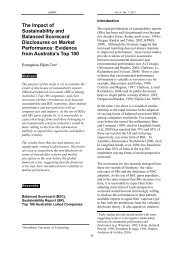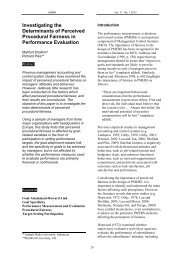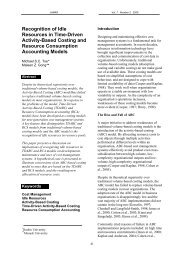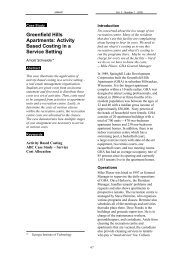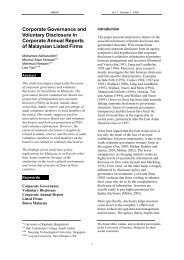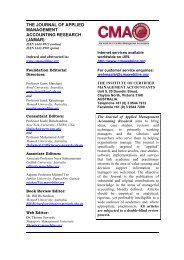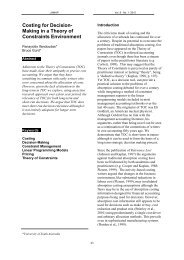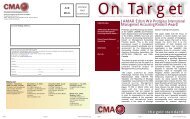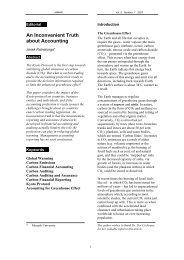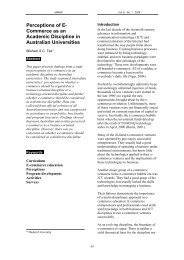Cost Behaviour - CMA - Certified Management Accountants
Cost Behaviour - CMA - Certified Management Accountants
Cost Behaviour - CMA - Certified Management Accountants
You also want an ePaper? Increase the reach of your titles
YUMPU automatically turns print PDFs into web optimized ePapers that Google loves.
N TARGET<br />
<strong>Cost</strong><br />
<strong>Cost</strong><br />
<strong>Cost</strong><br />
<strong>Cost</strong><br />
TFC<br />
TFC<br />
<strong>Cost</strong><br />
Co<br />
TFC<br />
TFC<br />
Production Volume Production (units per Volume annum) (units per annum)<br />
Diagram 1: A Fixed <strong>Cost</strong> Diagram 1: A Fixed <strong>Cost</strong><br />
Production Volume (units Production per annum) Volume (units per annum)<br />
Diagram 2: A Stepped Fixed Diagram <strong>Cost</strong> 2: A Stepped Fixed <strong>Cost</strong><br />
Production Volume (uni P<br />
Diagram 3: A Variab<br />
<strong>Cost</strong><br />
<strong>Cost</strong><br />
TVC<br />
TVC<br />
<strong>Cost</strong><br />
<strong>Cost</strong><br />
TC<br />
TC<br />
Production Volume Production (units Volume per annum) (units per annum)<br />
Diagram 3: A Variable Diagram <strong>Cost</strong> 3: A Variable <strong>Cost</strong><br />
Production Volume Production (units Volume per annum) (units per annum)<br />
Diagram 4: A Mixed Diagram (or Semi-Variable) 4: A Mixed (or Semi-Variable) <strong>Cost</strong><br />
<strong>Cost</strong><br />
and each having a different slope. The variable cost line will, if the<br />
ranges are small enough, take on a curvilinear shape. If variable cost<br />
per unit steadily increases as the level of activity increases, the cost<br />
line will curve upwards i.e. its slope will become steeper. For example,<br />
the cost of electricity per kilowatt-hour may increase each time that<br />
total electricity consumption for a period (in kilowatt-hours) passes<br />
a certain level. When the level of activity rises and causes electricity<br />
consumption to reach a cost change point, the slope of the electricity<br />
cost line will increase for the next range of activity.<br />
(iii) Mixed costs<br />
The costs considered so far have been either completely fixed or completely<br />
variable. However, there are some costs, called mixed or semi-variable costs,<br />
which have both fixed and variable components as shown in Diagram 4.<br />
For example, an electricity bill will usually include a fixed supply charge for<br />
a certain time period as well as a charge for the total amount of electricity<br />
consumed during that period. Even if production lines had been completely<br />
shut down for the whole of the billing period, and no electricity had been<br />
used, the fixed supply charge must be paid. This is the minimum cost<br />
of keeping electric power available for the factory. It represents the fixed<br />
component of total electricity cost i.e. the amount of cost where the cost<br />
line in Diagram 4 intersects the vertical (y) axis. It is also the value of the<br />
constant ‘a’ in the cost function for a mixed cost: y = a + bx. As previously<br />
mentioned, b is the variable (or incremental) cost per unit of activity.<br />
Mixed costs are usually reported in total in the accounting records. How<br />
much of the cost is fixed and how much is variable is sometimes unknown<br />
and must be estimated. The ways that this can be done will be explained in<br />
the next instalment of Student Notes.<br />
Why is it important to know which costs are fixed and which are variable?<br />
This information is useful for management decision making, for instance,<br />
when considering whether to sell a certain quantity of output to a special<br />
customer at a unit price which is less than the full production cost per unit.<br />
An understanding of the costs that will increase with the level of activity,<br />
compared to those costs that will remain constant over the relevant range<br />
of activity, also assists managers in determining how cost reductions will<br />
add to the firm’s profitability. But beware; fixed costs per unit should be<br />
used carefully for internal decision making because they will vary as output<br />
varies. If fixed cost per unit decreases, it simply means that total fixed<br />
costs are being spread over more units and not that total fixed costs have<br />
changed. A final, but important, point: determining whether a cost is fixed<br />
or variable depends on the time horizon. The longer the time period, the<br />
more likely it is that a cost will be variable. The so-called ‘short run’ is a<br />
period of time for which at least one cost remains fixed. In the long run, all<br />
costs are variable.<br />
Run a Better Business<br />
15




